Navigating the Festive Landscape of India in 2025: A Comprehensive Guide
Related Articles: Navigating the Festive Landscape of India in 2025: A Comprehensive Guide
Introduction
With great pleasure, we will explore the intriguing topic related to Navigating the Festive Landscape of India in 2025: A Comprehensive Guide. Let’s weave interesting information and offer fresh perspectives to the readers.
Table of Content
Navigating the Festive Landscape of India in 2025: A Comprehensive Guide

India, a land of vibrant cultures and traditions, celebrates a multitude of holidays throughout the year. Each festival holds a unique significance, reflecting the diverse religious and cultural tapestry of the nation. Understanding these holidays provides a window into the rich heritage and deeply rooted beliefs that shape Indian society. This guide aims to provide a comprehensive overview of the major holidays expected to be observed in India during the year 2025, offering insights into their historical context, religious significance, and cultural practices.
January:
-
Makar Sankranti (January 14-15): This harvest festival, celebrated across India, marks the transition of the sun into the zodiac sign of Makara (Capricorn). It is a time for joy, feasting, and kite flying. The festival is particularly significant in states like Punjab, Haryana, and Uttar Pradesh, where people celebrate it with colorful kites and sweet delicacies.
-
Pongal (January 14-18): This four-day harvest festival is primarily observed in Tamil Nadu and other parts of South India. It is dedicated to the Sun God and expresses gratitude for a bountiful harvest. The festival is characterized by rituals involving cooking rice in milk and offering it to the Sun God.
-
Lohri (January 13): This popular Punjabi festival marks the end of the winter solstice and welcomes the arrival of longer days. It is celebrated with bonfires, folk songs, and traditional delicacies. The festival is believed to ward off evil spirits and usher in prosperity.
February:
-
Vasant Panchami (February 10): This festival marks the arrival of spring and is dedicated to Saraswati, the goddess of knowledge, music, and art. People celebrate by wearing yellow clothes, offering prayers to Saraswati, and engaging in cultural activities.
-
Holi (March 7-8): This vibrant festival of colors marks the victory of good over evil and the arrival of spring. People celebrate by throwing colored powder and water on each other, enjoying traditional sweets, and engaging in cultural performances.
March:
- Maha Shivaratri (March 1): This Hindu festival is dedicated to Lord Shiva, the destroyer and transformer. It is observed with fasting, prayers, and special rituals at Shiva temples.
April:
-
Ugadi (April 1): This New Year festival is celebrated in the states of Andhra Pradesh, Telangana, and Karnataka. It marks the beginning of the new year according to the lunisolar calendar and is celebrated with special dishes, new clothes, and prayers for prosperity.
-
Ram Navami (April 13): This festival commemorates the birth of Lord Rama, the seventh avatar of Vishnu. It is celebrated with prayers, fasting, and religious processions.
-
Good Friday (April 10): Observed by Christians across the world, Good Friday commemorates the crucifixion of Jesus Christ. It is a solemn day of fasting and prayer.
-
Easter Sunday (April 13): Celebrated by Christians, Easter Sunday marks the resurrection of Jesus Christ from the dead. It is a joyful occasion marked by church services, family gatherings, and traditional Easter eggs.
May:
- Buddha Purnima (May 10): This festival marks the birth, enlightenment, and death of Buddha. It is celebrated by Buddhists across the world with prayers, meditation, and religious ceremonies.
June:
- Eid al-Fitr (June 1): This Islamic festival marks the end of the holy month of Ramadan. It is celebrated with prayers, feasting, and exchanging gifts.
July:
- Rath Yatra (July 1): This annual chariot procession of Lord Jagannath in Puri, Odisha, is a significant event for Hindus. It involves a grand procession of three chariots carrying the deities of Lord Jagannath, Balabhadra, and Subhadra.
August:
-
Raksha Bandhan (August 1): This festival celebrates the special bond between brothers and sisters. Sisters tie a sacred thread, called a rakhi, on their brother’s wrist, symbolizing protection and love.
-
Krishna Janmashtami (August 15): This festival marks the birth of Lord Krishna, the eighth avatar of Vishnu. It is celebrated with fasting, prayers, and devotional songs.
September:
-
Ganesh Chaturthi (September 2): This ten-day festival celebrates the birth of Lord Ganesha, the remover of obstacles. It is marked by the installation of clay idols of Ganesha in homes and public places, followed by daily prayers and offerings.
-
Onam (September 1): This harvest festival is celebrated in Kerala and other parts of South India. It marks the homecoming of the mythical King Mahabali and is celebrated with traditional boat races, colorful flower arrangements, and special feasts.
October:
-
Dussehra (October 17): This ten-day festival commemorates the victory of Lord Rama over the demon king Ravana. It is celebrated with effigy burning, religious processions, and cultural performances.
-
Navratri (October 17-25): This nine-day festival is dedicated to the worship of the nine forms of Goddess Durga. It is celebrated with elaborate costumes, traditional dances, and vibrant decorations.
November:
-
Diwali (November 14): This festival of lights is celebrated across India and marks the victory of good over evil. It is celebrated with diyas (clay lamps), fireworks, sweets, and family gatherings.
-
Guru Nanak Jayanti (November 17): This festival commemorates the birth of Guru Nanak, the founder of Sikhism. It is celebrated with prayers, devotional songs, and community meals.
December:
- Christmas Day (December 25): This festival celebrates the birth of Jesus Christ and is celebrated by Christians across the world with church services, family gatherings, and festive decorations.
Understanding the Significance:
These festivals play a vital role in Indian society, fostering a sense of community, cultural unity, and religious devotion. They provide opportunities for families and friends to come together, celebrate their traditions, and strengthen their bonds. The festivals also offer a glimpse into the rich history and diverse cultural heritage of India.
FAQs:
Q: What is the significance of Diwali?
A: Diwali, also known as the festival of lights, marks the victory of good over evil. It symbolizes the triumph of Lord Rama over the demon king Ravana. It is celebrated with diyas (clay lamps), fireworks, sweets, and family gatherings.
Q: What is the significance of Holi?
A: Holi is a vibrant festival of colors that marks the arrival of spring and the victory of good over evil. It symbolizes the triumph of Lord Krishna over the demon king Hiranyakashipu. It is celebrated with colored powder and water, traditional sweets, and cultural performances.
Q: What are some tips for celebrating Holi safely?
A: While Holi is a joyous occasion, it is important to celebrate it safely. Here are some tips:
- Choose organic colors: Opt for natural, herbal colors that are less harmful to the skin and environment.
- Protect your eyes: Wear protective goggles to avoid getting color in your eyes.
- Cover your skin: Apply a layer of oil or moisturizer to your skin to prevent irritation from colors.
- Drink plenty of water: Stay hydrated to prevent dehydration.
- Avoid using water balloons: Water balloons can be dangerous and cause injuries.
- Be mindful of your surroundings: Be aware of your surroundings and avoid crowded areas.
Q: How do people celebrate Ganesh Chaturthi?
A: Ganesh Chaturthi is celebrated by installing clay idols of Ganesha in homes and public places. People offer prayers, sing devotional songs, and perform rituals to honor the god. The festival culminates in a grand procession where the idols are immersed in water bodies.
Q: What is the significance of Onam?
A: Onam is a harvest festival celebrated in Kerala and other parts of South India. It marks the homecoming of the mythical King Mahabali and is celebrated with traditional boat races, colorful flower arrangements, and special feasts.
Conclusion:
The holidays in India offer a unique opportunity to experience the rich tapestry of its culture and traditions. From the vibrant colors of Holi to the solemnity of Good Friday, each festival carries a special significance and provides a window into the diverse beliefs and practices that shape Indian society. Understanding these holidays helps us appreciate the beauty and depth of Indian heritage and fosters a greater understanding and appreciation of the nation’s cultural diversity.
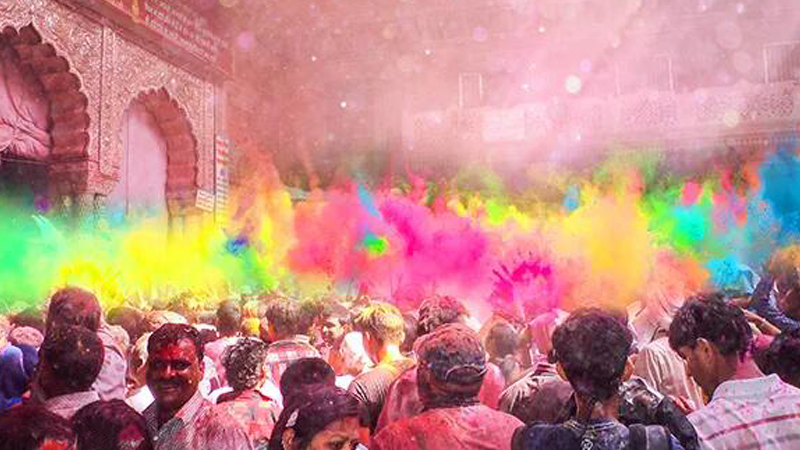

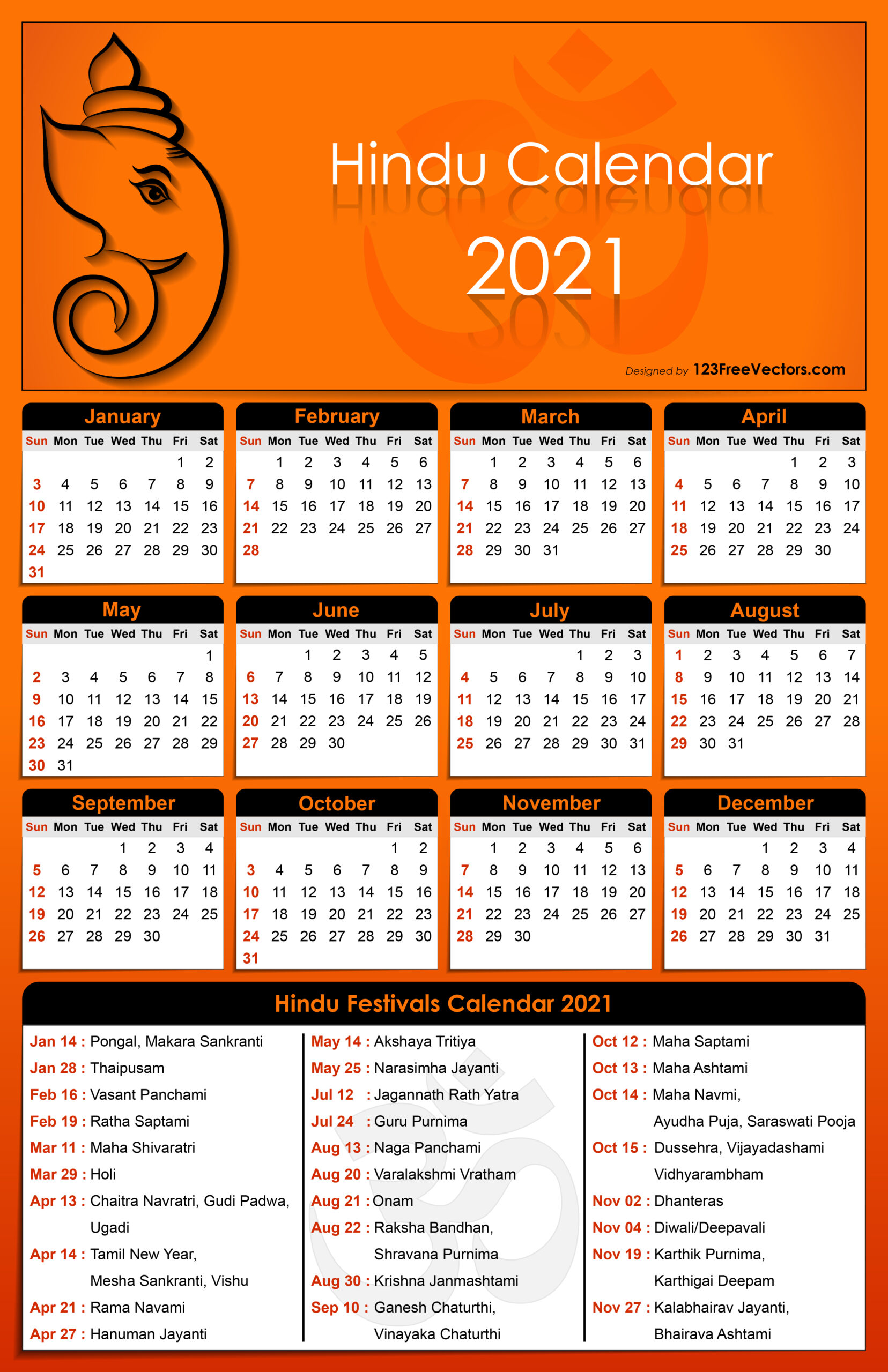
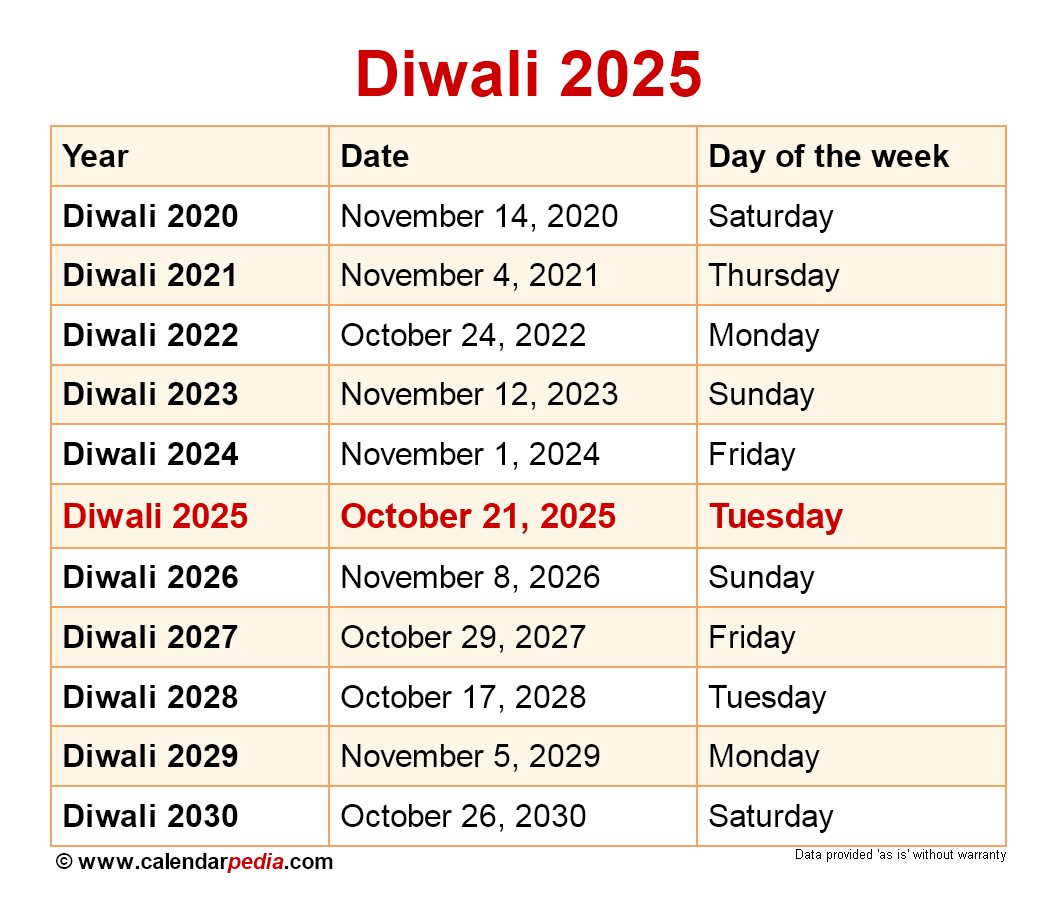
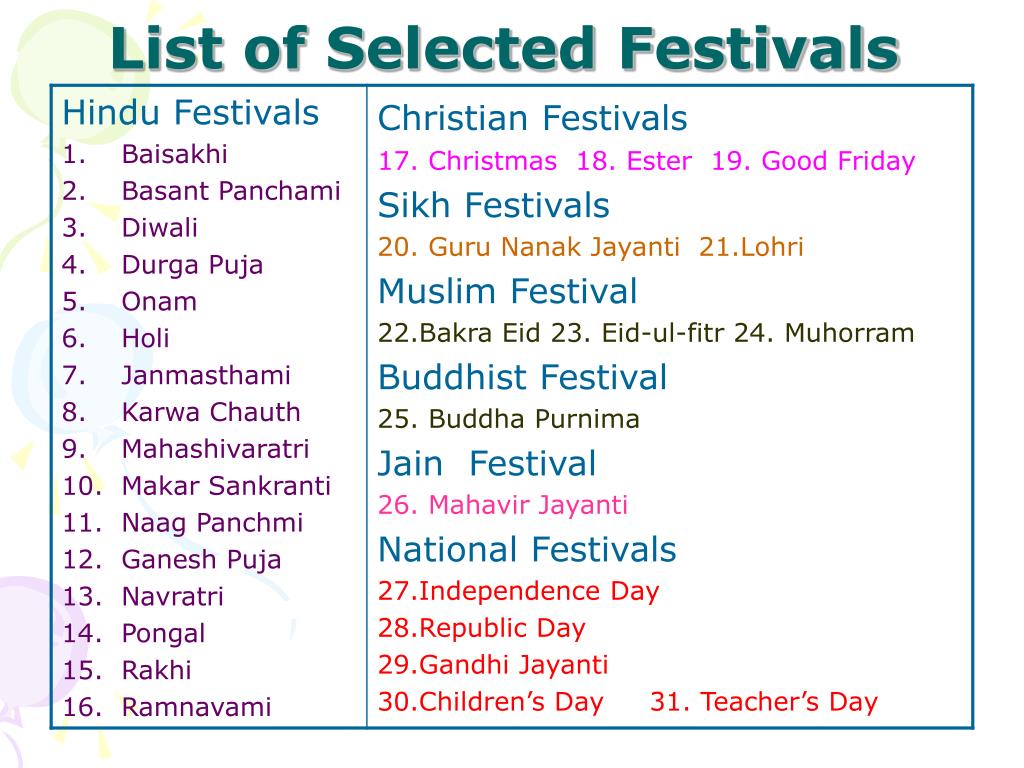
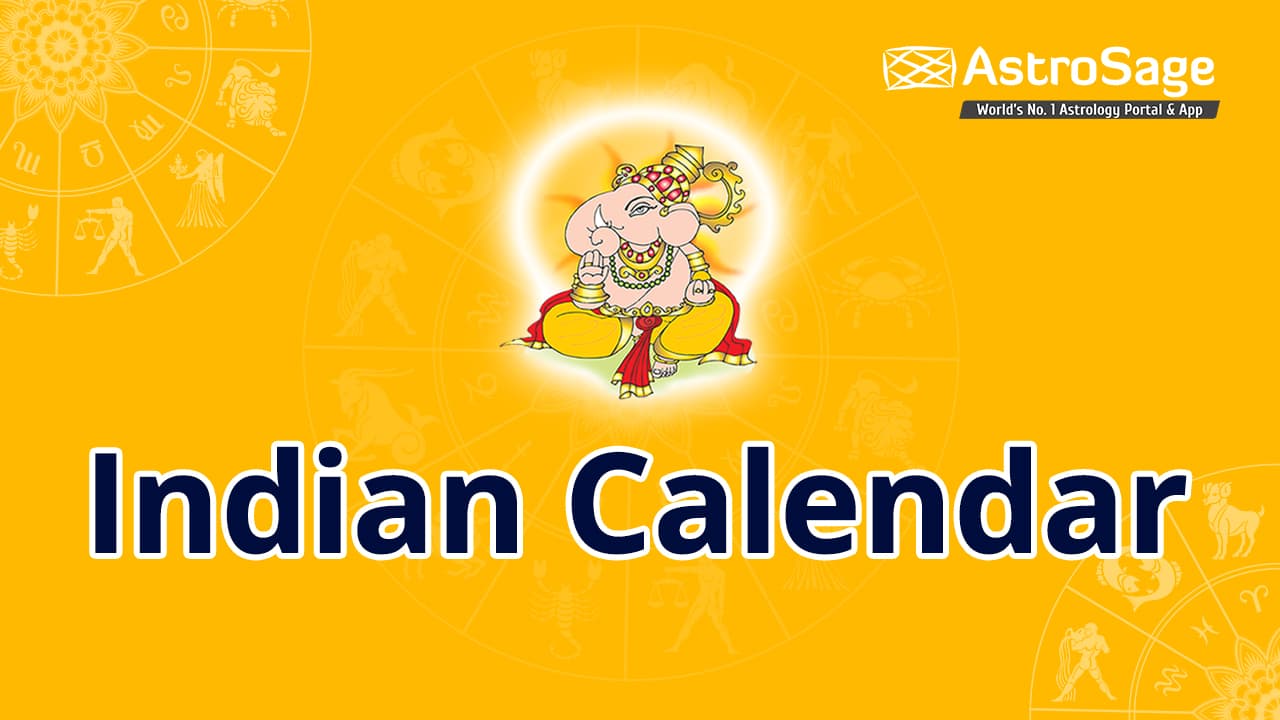

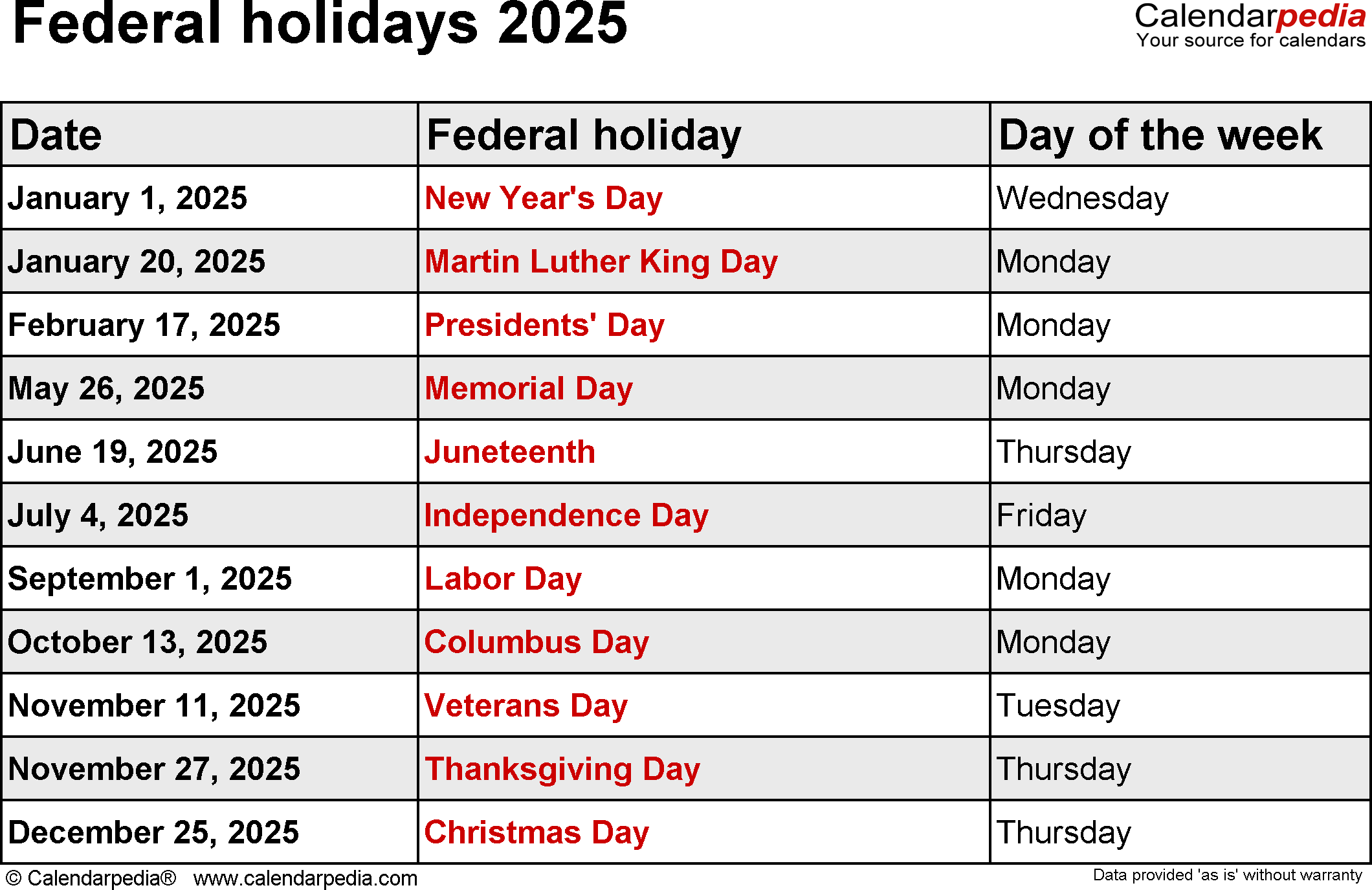
Closure
Thus, we hope this article has provided valuable insights into Navigating the Festive Landscape of India in 2025: A Comprehensive Guide. We appreciate your attention to our article. See you in our next article!